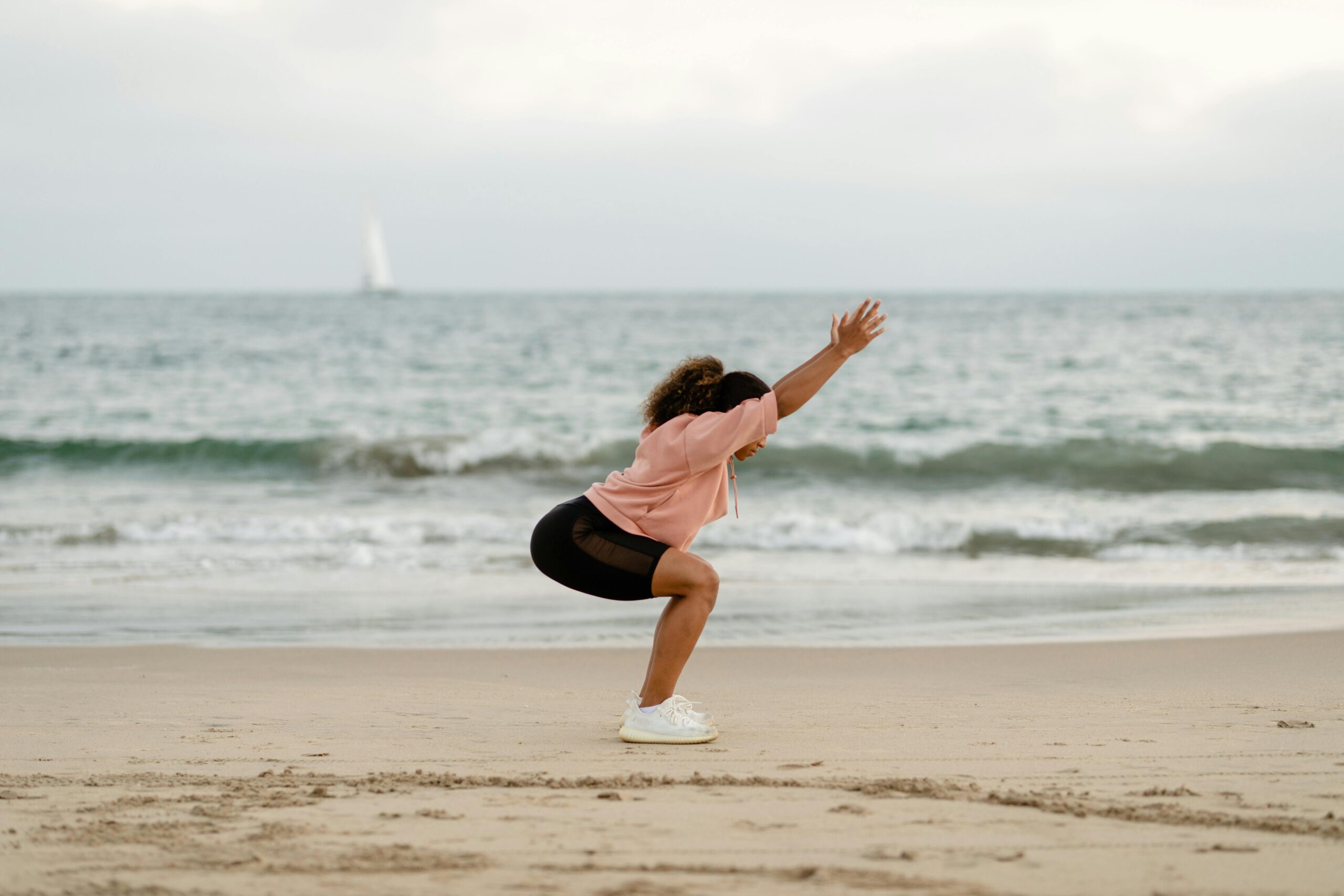Enhancing Quality of Life Through Balance and Stability Workouts for Seniors
As we age, maintaining balance and stability becomes crucial for preserving independence and reducing the risk of falls. These physical abilities often decline due to natural changes in muscle strength, joint flexibility, and sensory perception. However, engaging in targeted workouts can significantly improve balance and stability, enhancing overall mobility and confidence in daily activities. This article explores essential balance and stability exercises tailored for seniors, focusing on practical approaches that strengthen the core, improve proprioception, and encourage consistent practice. By understanding the benefits and methods of these workouts, seniors can adopt safer, more effective routines that promote longevity and better health outcomes.
The Importance of Balance and Stability in Aging
Balance and stability are fundamental for safe movement and preventing injuries. Aging often brings about decreased muscle mass and slower reflexes, which in turn can make seniors more prone to falls—a leading cause of injury in older adults. Beyond physical health, impaired balance can limit social engagement and independence, contributing to a cycle of inactivity and further decline. Recognizing this, innovative exercise regimens focus on restoring neuromuscular control, enhancing joint stability, and improving the body’s ability to react to changes in terrain or unexpected shifts. Understanding these risks highlights why proactive balance and stability work is essential for healthy aging.
Core Strengthening as a Foundation for Balance
Core muscles—including those in the abdomen, lower back, and pelvis—play a central role in providing the body with stability. Strengthening these muscles helps seniors maintain upright posture and control body movements. Exercises such as seated leg lifts, pelvic tilts, and gentle abdominal presses target this region. Core strength training not only supports better balance but also alleviates lower back pain, a common issue among the elderly. Importantly, these exercises can be adapted to different fitness levels, making them accessible for those with limited mobility or chronic conditions. Regular core workouts enhance coordination and reduce fear of falling, fostering confidence.
Proprioception and Sensory Integration Exercises
Proprioception refers to the body’s ability to sense its position in space, which is crucial for maintaining balance. Sensory integration exercises train the nervous system to improve this sense, helping seniors react more effectively to their environment. Practices like single-leg stands, heel-to-toe walking, and balance board activities challenge the vestibular and somatosensory systems. These exercises develop sharper reflexes and better limb coordination. Including dynamic movements and visual focus adjustments amplifies the effects, allowing seniors to adapt to daily challenges such as uneven surfaces or crowded spaces more safely.
Safe and Progressive Techniques for Stability Training
Safety is paramount in balance training for seniors to prevent injury during workouts. Starting with supported exercises—such as holding onto a stable chair or wall—builds confidence and ensures proper form. Gradually increasing difficulty by reducing support, incorporating unstable surfaces, or adding gentle resistance encourages continuous improvement without overwhelming the body. Guided sessions with physical therapists or trained instructors can provide personalized adjustments and motivation. Consistent progression tailored to individual capabilities optimizes gains in strength and stability while minimizing risks, making the practice sustainable over time.
Integrating Balance Workouts into Daily Life
For sustained benefits, balance and stability exercises should be seamlessly incorporated into everyday routines. Simple habits such as standing on one leg while brushing teeth, practicing mindful walking, or performing brief stretching sequences before and after activities reinforce muscular control and neural pathways. Community classes, group fitness sessions, or technology-assisted virtual programs create social engagement and accountability. Moreover, coupling these workouts with proper footwear, home safety modifications, and nutrition enriches the holistic approach to fall prevention. Through practical integration, seniors can transform balance training from a task into an enjoyable and empowering lifestyle habit.
Promoting balance and stability in seniors is more than a fitness goal—it is an investment in health, safety, and independence. The journey begins with understanding the pivotal role these abilities play and embracing exercises that strengthen core muscles, sharpen proprioception, and progressively challenge the body in safe ways. Adopting these practices steadily builds resilience against falls and mobility loss, while enhancing confidence and quality of life. By weaving balance workouts into daily habits and seeking supportive environments, seniors can experience meaningful improvements that extend well beyond physical wellness, fostering sustained vitality and active engagement in their communities.
